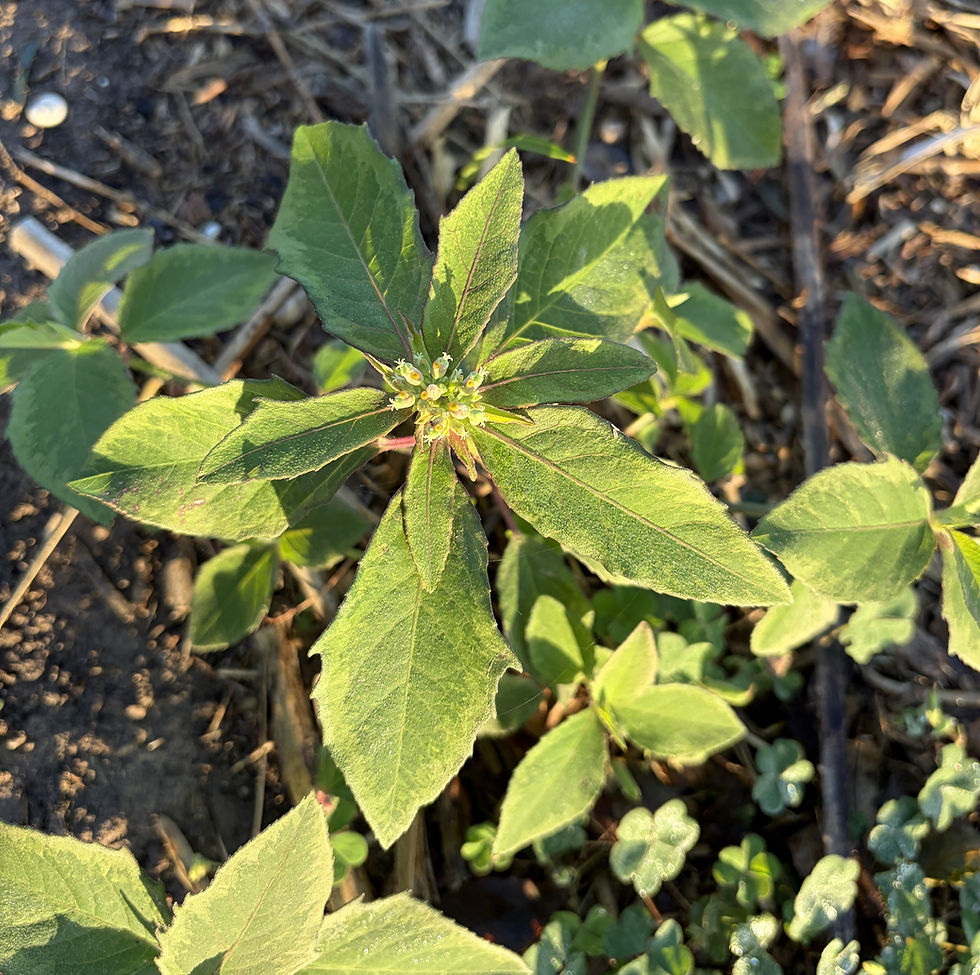Mexican hat, not just roadside grandeur
- jjvanm
- Oct 8, 2022
- 2 min read

Published October 1, 2022, in the McAllen Monitor.
Story and photos by Anita Westervelt, South Texas Border Chapter, Texas Master Naturalist.
Colorful Mexican hat, Ratibida columnifera, is one of the showiest native plants populating the Valley roadsides this fall.

The plant’s distinctive flower shape is also a draw for plant-lovers looking for something unique in their landscape while providing for a variety of wildlife.
The flower is a prominent, elongated cone, rising one to two inches above the petals. The petals droop from the base of that disk like the crown of a sombrero with a floppy brim – hence the common name of the plant. The petals are vibrant colors in solid yellow, yellow-rimmed dark red-orange, or yellow with brushstrokes of bright orange.

The plant grows in clumps from 18 inches to three feet tall with a spread of two feet, shooting out upright flower spikes. Flowers bloom at the tops of long leafless stems at the upper portion of the plant, the lower part is branched and leafy; the green leaves are feathery with multiple, deep lobes. It is a prolific bloomer from spring through fall in the Rio Grande Valley.
Popular because of its versatility, it is a must-have plant for butterfly, pollinator and insect gardens. Residential gardeners like Mexican hat as an ornamental to add color and texture to a garden. Since it is drought tolerant and requires no care, it is an excellent choice for rock and xeriscape gardens. It is also a good candidate for a potted patio plant, although it may need frequent watering during hot weather. It is a favorite for mass plantings and successful on slopes for erosion control.
The best reason to establish a few bunches of Mexican hats is for the wildlife. The flowers reportedly have a high nectar rating. They attract bees, butterflies and nectarous insects. The pollen feeds native bees and other pollinators like wasps, flies and beetles and draws in predators like crab spiders that feed on bugs.
In addition, Mexican hat is a host plant for caterpillars of the sunflower, blackberry looper and wavy-lined emerald moths, all of which are found locally; caterpillars provide food for birds. Granivorous birds, like sparrows, quail, doves, grosbeaks, finches and red-wing blackbirds eat Mexican hat seeds. Small mammals and wild turkey also eat the seeds. On the range, the strong scented leaves are eaten by white-tailed deer and cattle.

Mexican hat readily reseeds itself, but it is also easy to grow from seed. Fall is the best time for seed collecting. Collect from mature cones that are dry and brown; a single seed head can contain more than 100 seeds. Plant seeds now, or in the winter for spring germination. Rake the soil, broadcast the seeds and cover with about a quarter inch of soil, patting it down firmly so the seeds have good contact with the soil. Mix seeds together from several plants to increase the spectrum of color.

Also called prairie coneflower and upright prairie coneflower, Mexican hat is native to the Great Plains of North America; it ranges from Canada to Mexico, in prairie grasslands, pastures and along roadsides.





